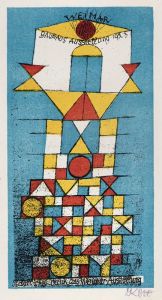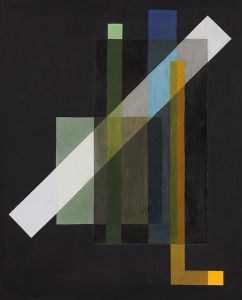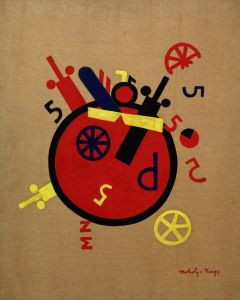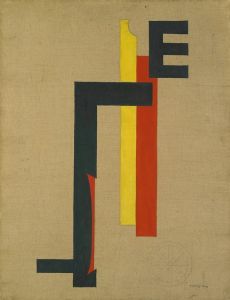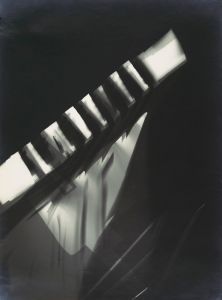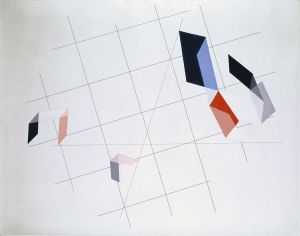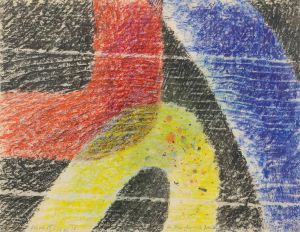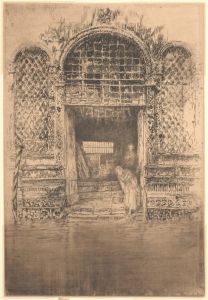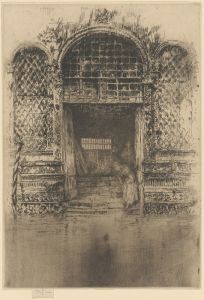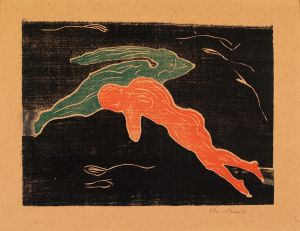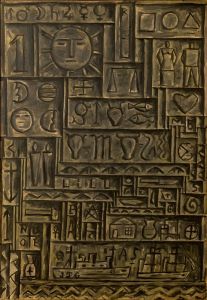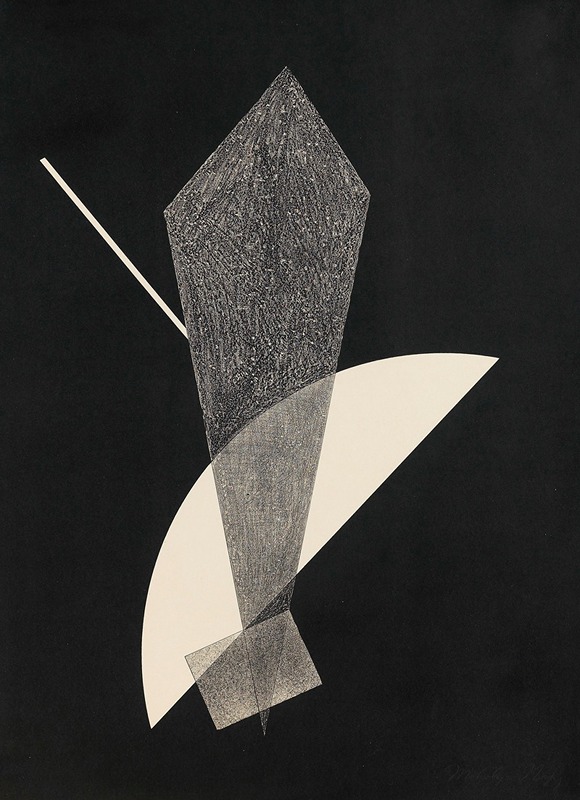
Konstruktion V
A hand-painted replica of László Moholy-Nagy’s masterpiece Konstruktion V, meticulously crafted by professional artists to capture the true essence of the original. Each piece is created with museum-quality canvas and rare mineral pigments, carefully painted by experienced artists with delicate brushstrokes and rich, layered colors to perfectly recreate the texture of the original artwork. Unlike machine-printed reproductions, this hand-painted version brings the painting to life, infused with the artist’s emotions and skill in every stroke. Whether for personal collection or home decoration, it instantly elevates the artistic atmosphere of any space.
László Moholy-Nagy's Konstruktion V is a work by the Hungarian artist and Bauhaus educator, known for his pioneering contributions to modern art and design. Moholy-Nagy was a central figure in the Constructivist movement, which emphasized abstraction, geometric forms, and the integration of art with technology. His works often explored the relationship between light, space, and material, reflecting his interest in innovation and experimentation.
Konstruktion V is an abstract composition that exemplifies Moholy-Nagy's Constructivist principles. The painting features geometric shapes, lines, and a carefully balanced arrangement of forms. Moholy-Nagy often employed a limited color palette in his works, focusing on the interplay of light and shadow to create a sense of depth and dynamism. While specific details about the creation date or medium of Konstruktion V are not widely documented, it is consistent with the artist's broader body of work, which frequently utilized techniques such as painting, photomontage, and graphic design.
Moholy-Nagy's artistic philosophy was deeply influenced by his time at the Bauhaus, where he taught from 1923 to 1928. The Bauhaus school emphasized the integration of art, craft, and technology, and Moholy-Nagy became a leading advocate for the use of industrial materials and processes in art. His Constructivist works, including Konstruktion V, reflect these ideals, showcasing a synthesis of artistic creativity and technical precision.
The title Konstruktion V suggests a focus on construction and structure, themes central to Moholy-Nagy's practice. His works often sought to break down traditional boundaries between art and science, exploring how abstract forms could convey universal ideas and emotions. Moholy-Nagy's interest in the transformative potential of technology is evident in his use of clean lines and mechanical aesthetics, which align with the Constructivist goal of creating art that is functional and forward-looking.
While Konstruktion V is not as widely discussed as some of Moholy-Nagy's other works, such as his photograms or his book Vision in Motion, it remains an important example of his commitment to abstraction and innovation. The painting reflects his belief in the power of art to shape modern life and his dedication to exploring new artistic possibilities.
Further details about the specific context or provenance of Konstruktion V are not readily available in public records. However, the work is consistent with Moholy-Nagy's legacy as a visionary artist who sought to redefine the role of art in the 20th century.





